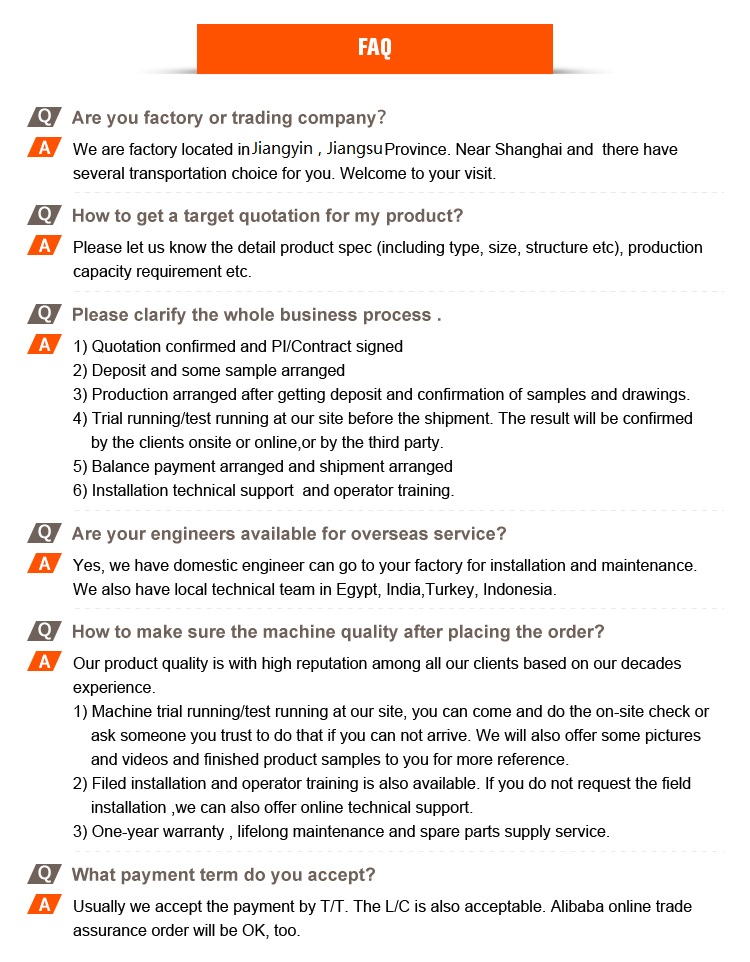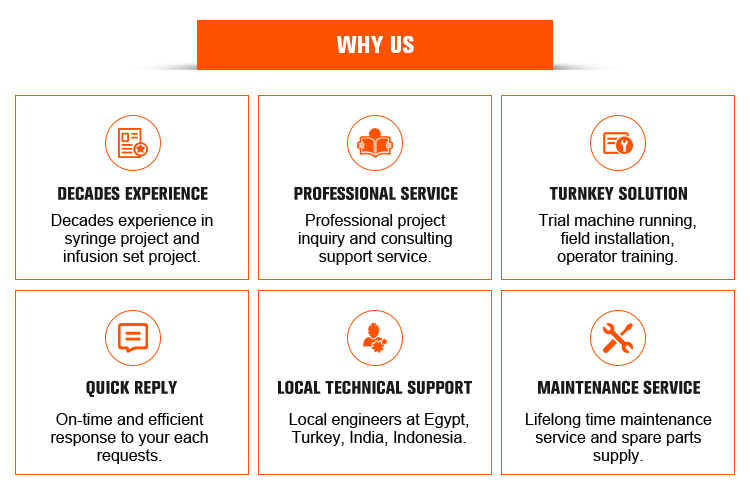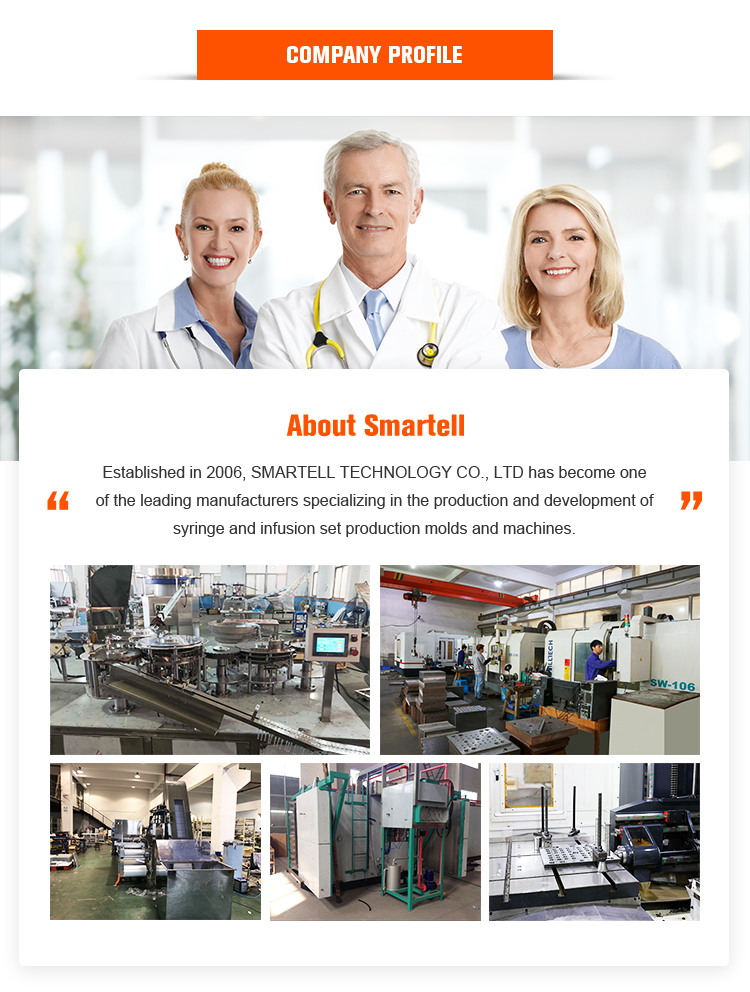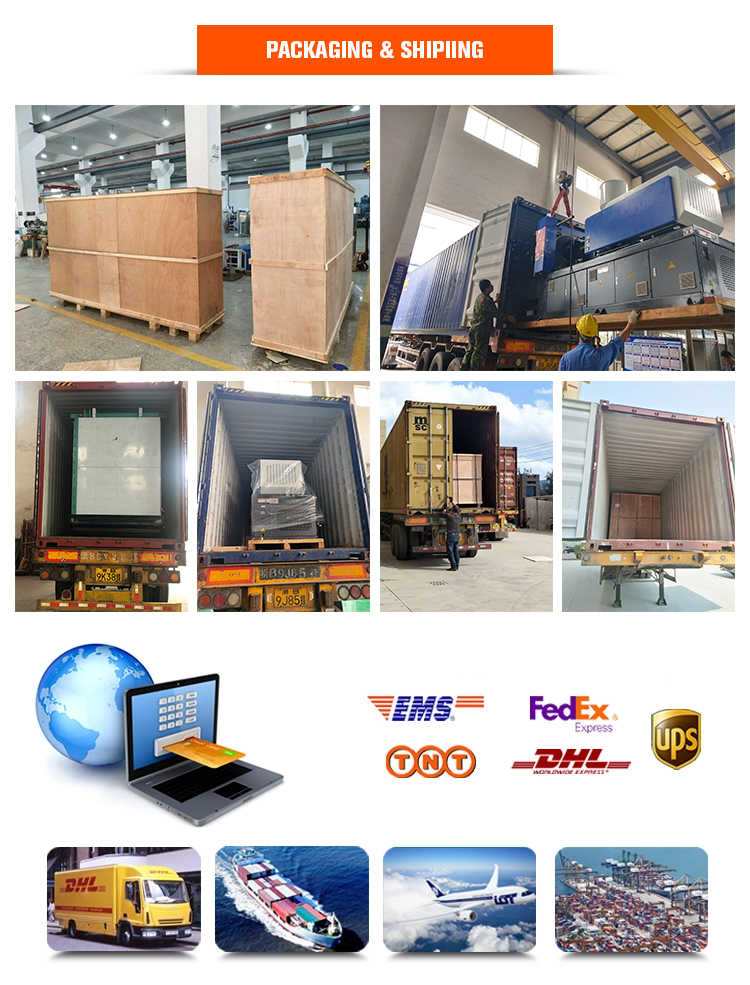| Availability: | |
|---|---|
| Quantity: | |
SMT-5010
SMARTELL

The ethylene oxide sterilization machine operates in a controlled environment that regulates critical factors such as temperature, pressure, and gas concentration. The sterilization cycle begins by placing the syringes inside the sterilization chamber, where ethylene oxide gas is introduced. The machine operates in low-temperature conditions, typically between 30°C to 60°C, making it ideal for temperature-sensitive items like syringes.
The EO gas penetrates the packaging and reaches the microorganisms, disrupting their cellular structure and rendering them inactive. This process is highly effective against a wide range of bacteria, viruses, and fungi, ensuring that the syringes are thoroughly sterilized.

1.Effective Sterilization: The ethylene oxide sterilization process is one of the most reliable methods for ensuring the sterility of syringes, as it eliminates microorganisms without exposing the items to high heat, which could damage them.
2.Low-Temperature Process: Unlike autoclave sterilization, which involves high temperatures, EO sterilization uses low temperatures, making it suitable for syringes and other delicate medical devices.
3.Safe and Reliable: The system is designed with multiple safety features to ensure proper gas concentration and pressure control. The machine automatically monitors the sterilization cycle, providing a backup operation system in case of any malfunction.
4.Eco-Friendly: Ethylene oxide sterilization is a relatively eco-friendly option, as it effectively uses the gas to sterilize without creating hazardous by-products.
5.Scalability: Syringe sterilization cabinets are available in various sizes, allowing manufacturers to choose machines that fit their production needs, from small-scale to large-scale sterilization operations.









The ethylene oxide sterilization machine operates in a controlled environment that regulates critical factors such as temperature, pressure, and gas concentration. The sterilization cycle begins by placing the syringes inside the sterilization chamber, where ethylene oxide gas is introduced. The machine operates in low-temperature conditions, typically between 30°C to 60°C, making it ideal for temperature-sensitive items like syringes.
The EO gas penetrates the packaging and reaches the microorganisms, disrupting their cellular structure and rendering them inactive. This process is highly effective against a wide range of bacteria, viruses, and fungi, ensuring that the syringes are thoroughly sterilized.

1.Effective Sterilization: The ethylene oxide sterilization process is one of the most reliable methods for ensuring the sterility of syringes, as it eliminates microorganisms without exposing the items to high heat, which could damage them.
2.Low-Temperature Process: Unlike autoclave sterilization, which involves high temperatures, EO sterilization uses low temperatures, making it suitable for syringes and other delicate medical devices.
3.Safe and Reliable: The system is designed with multiple safety features to ensure proper gas concentration and pressure control. The machine automatically monitors the sterilization cycle, providing a backup operation system in case of any malfunction.
4.Eco-Friendly: Ethylene oxide sterilization is a relatively eco-friendly option, as it effectively uses the gas to sterilize without creating hazardous by-products.
5.Scalability: Syringe sterilization cabinets are available in various sizes, allowing manufacturers to choose machines that fit their production needs, from small-scale to large-scale sterilization operations.







